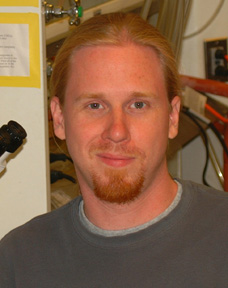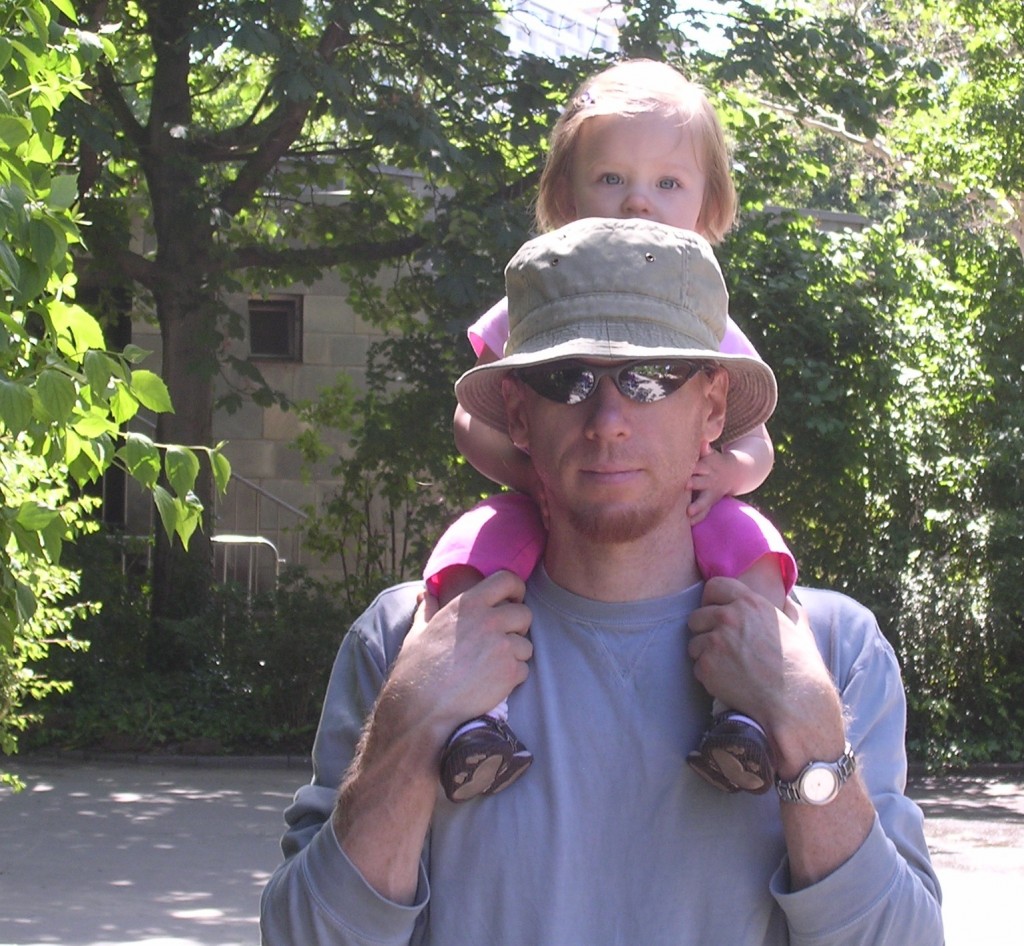David M. Lynn received a B.S. in Chemistry from the University of South Carolina in 1994 and a Ph.D. in Chemistry from Caltech in 1999, where he worked under the supervision of Professor Robert H. Grubbs. After a postdoctoral stint at the Massachusetts Institute of Technology with Professor Robert Langer, he joined the faculty in the Department of Chemical and Biological Engineering at the University of Wisconsin – Madison in 2002. His current interests include the design of functional polymers, macromolecular assemblies, and surfaces/interfaces, with a particular focus on the development of new materials platforms that address problems of biomedical and biotechnological importance.
Please follow the link for further information on David’s research group and his recent paper in Polymer Chemistry.
What was your inspiration in becoming a chemist?
That’s a good question – I guess it’s worth it every once in a while to stop and think about how you got to where you are. I started out as a biology major in college and jumped ship to chemistry after my first taste of organic chemistry. My first real push in the direction of polymer chemistry came through a summer research experience with Harry Gibson at Virginia Tech. Looking back I’m not sure that I accomplished very much that summer (sorry, Harry!), but I had a lot of fun – and if it weren’t for the fun parts I’m not sure I’d have continued down this path.
What was the motivation behind the research in your recent Polymer Chemistry paper?
Well, this paper is a review article, so our first objective here was of course to try to provide a comprehensive overview and analysis of research on azlactone-functionalized polymers and materials. There’s been quite a bit of work going on in this area by many different groups over the last decade, and hopefully this review will contribute to a growing awareness of it. My own interest in these reactive polymers is motivated by many things (read the review!), but all of our current efforts grew out of some interactions a few years ago with Steve Hielmann at 3M. Steve was the first person to bring azlactone chemistry to my attention, and he and his colleagues have been very supportive along the way.
Why did you choose Polymer Chemistry to publish your work?
This was an invited review, so the choice was easy in this case. But we’ve had our eye on the journal from the outset – it has certainly come a long way in a very short amount of time.
In which upcoming conferences may our readers meet you?
I’ve got a new baby coming in January, so I’ve tried to reduce travel for a bit. But I already know I’ll be at the World Biomaterials Congress in China in June and the Controlled Release Society meeting in Quebec in July.
How do you spend your spare time?
I don’t have a lot of spare time, but I try to ride my bike as often and as far as I can when I do. I guess it depends on what you like, but southwestern Wisconsin has an endless number of unbelievable roads and fantastic hilly terrain that makes for great riding – at for least for about seven months out of the year (it gets a bit cold here in the winter).
Which profession would you choose if you were not a scientist?
Good question. I need to think about a backup plan. Am I too old to be an astronaut?












